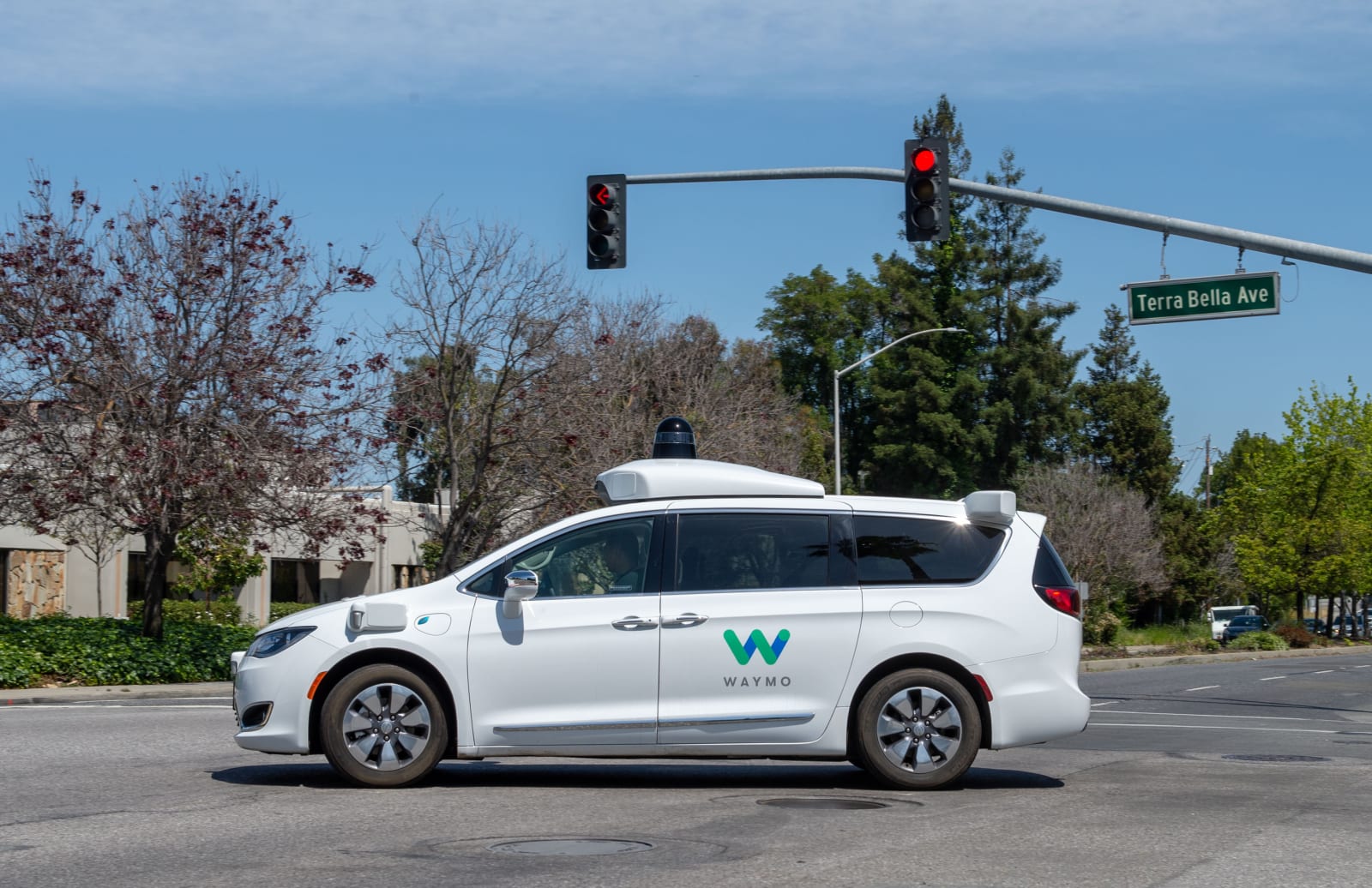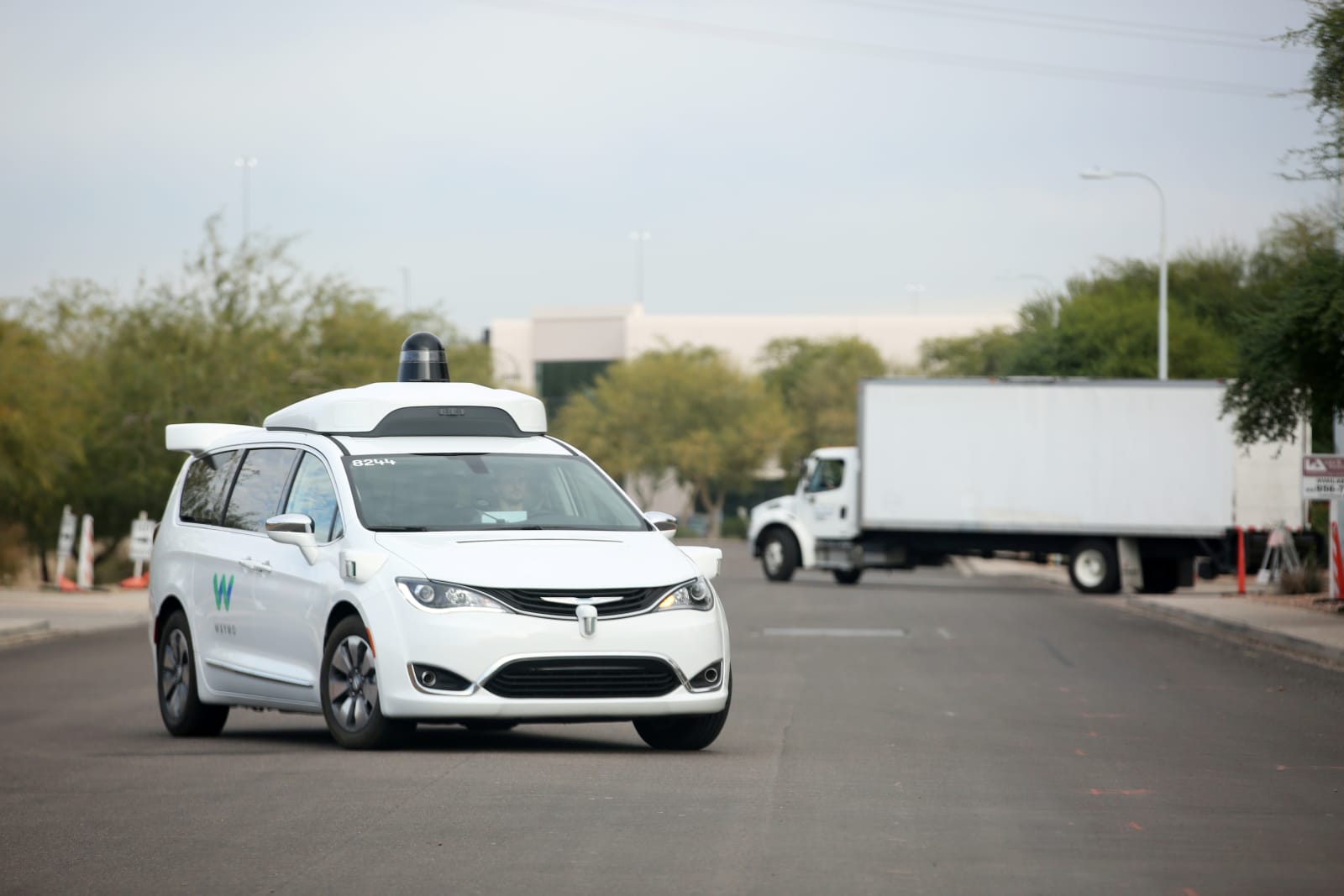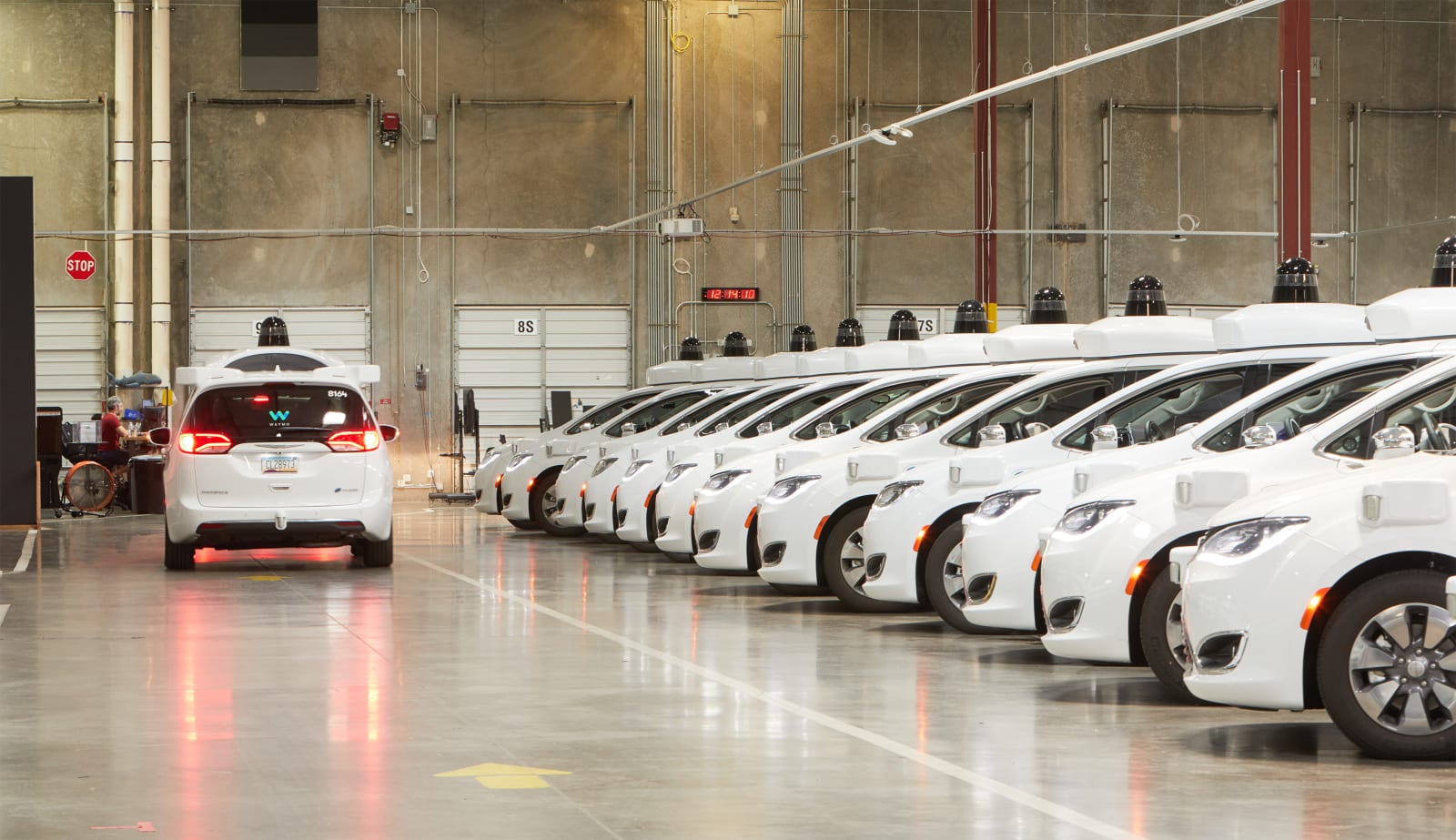Tag Archives: waymo
Why Do So Many Self-Driving Vehicles Look ‘Cute’?

Hi, I am Kelly from Knack, where we help mobility brands make their products irresistible.
Self-driving vehicles: We’re seeing them pop up all around us and maybe you’ve even been lucky enough to have a first-hand encounter with one.
Sure, these vehicles look new and different, that makes sense. But why exactly do a majority of them look so… well, cute? You know, they look like little friends that are just begging for a smile and a wave.
The answer lies within a great example of functional aesthetics. By intentionally designing self-driving vehicles to look cute, manufacturers are able to accomplish a few pretty big feats:

Encourage Adoption
Getting people to try and then ultimately adopt self-driving vehicles requires that they are approachable. Unfortunately, the technology behind self-driving vehicles is complex and unfamiliar to the general public. Consequently, the helpful intent of these vehicles is overshadowed by intimidation.
By wrapping the self-driving tech in a “cute” shell, the manufacturers of these vehicles are able to visually simplify the complex and make what could be scary appear friendly. In other words, making self-driving vehicles look cute gives them a fighting chance at being accepted.
In regards to Amazon’s Scout, Sean Scott shared, “One of our favorite parts of this journey so far has been witnessing how excited customers are when they see the delivery device for the first time and how they’ve welcomed Scout into their neighborhood. We have a lot of pride packed inside these cooler-sized devices and love to see such a positive reaction from the community.”
Increase Ridership
Once people are willing to accept these vehicles into their communities, there is yet another feat in getting people to use the product for themselves. “Cute” styling also helps with this.
In order for someone to want to use one of these vehicles, they have to trust it. Because of this, the manufacturers of these vehicles have put an incredible emphasis on safety and respect. The product’s “cute” aesthetic broadcasts this message.

Michael Mauer, Head of Design at the Volkswagen Group, explains, “Powerful bodywork pillars, distinctive wheelhouses, and short overhangs give SEDRIC an impressively robust appearance as the epitome of safety and trustworthiness.”
If you need further convincing… Which one of the examples below would you be comfortable walking up to?

Companies like Postmates pride themselves in delivering a vehicle that is a respectful member of the community. Postmates describes Serve as a “cheerful, trusty sidewalk delivery robot that delivers right to your place.”
With a humble stance, rounded forms, and calming colors, “cute” vehicles seem less foreign and more familiar. A cute aesthetic transforms the vehicle from a machine into a character- something us humans can better emotionally connect with. Similarly, the vehicles seem harmless and respectful instead of brash and unpredictable.

Build Loyalty
While introducing a new vehicle to our streets, self-driving vehicle design teams are taking the opportunity to inject some light-hearted positivity into our communities. To combat the suspicion that naturally arises around an unfamiliar new neighbor, vehicles are being equipped with friendly faces and positive personalities to drive cheer instead of fear.
On Local Motors’ Olli 2.0, “the screen in the front can be shown as eyes, making Olli 2.0 more approachable and anthropomorphic.”
Over time, the vehicle’s cheerful and respectful demeanor pays off as its neighbors accept, grow to love, and eventually defend it- earning product and brand loyalty.

ABOUT THE AUTHOR
Kelly Custer is the Founder + Design Director of Knack
Pairing her transportation design education from the College for Creative Studies in Detroit, Michigan with over 8 years of design consulting experience in consumer products, Kelly has built a strong passion for mobility. She founded Knack in 2014 and leads the studio to deliver irresistible simple mobility products.
When she’s not in the studio, she can be found on a mountain bike trail, trying to keep up with her husband on her dirt bike, or exploring the Tennessee river on their vintage stand-up jet skis.
Waymo’s self-driving vans will return to Bay Area streets on June 8th
Americans don’t know why they don’t trust self-driving cars
Waymo suspends all services until at least April 7th
 Waymo put most of its services on hold earlier this week, except for fully driverless rides in Phoenix and some testing, to slow the spread of COVID-19. Just a few days later, the Alphabet company has opted to suspend all of its services until April...
Waymo put most of its services on hold earlier this week, except for fully driverless rides in Phoenix and some testing, to slow the spread of COVID-19. Just a few days later, the Alphabet company has opted to suspend all of its services until April...
Uber’s former self-driving lead pleads guilty to stealing from Google
 After about three years of legal wrangling between Uber and Waymo over self-driving car tech, the engineer at the center of it has agreed to plead guilty to one count of stealing materials from Google. Anthony Levandowski was a lead engineer on the s...
After about three years of legal wrangling between Uber and Waymo over self-driving car tech, the engineer at the center of it has agreed to plead guilty to one count of stealing materials from Google. Anthony Levandowski was a lead engineer on the s...
Waymo goes dark except for fully driverless rides
 Waymo is joining Uber and Lyft in curtailing its ride services to limit the spread of COVID-19, with a notable exception. The Alphabet-owned company has paused both Waymo One service with human overseers in Phoenix as well as its California self-driv...
Waymo is joining Uber and Lyft in curtailing its ride services to limit the spread of COVID-19, with a notable exception. The Alphabet-owned company has paused both Waymo One service with human overseers in Phoenix as well as its California self-driv...
After Math: Anything worth doing is worth overdoing
 2020 is shaping up to be the year without conventions. Google I/O, Facebook F8, GDC, OMG, and MWC have already been called off, with exhibitors jumping ship from SXSW by the handful and Computex and E3 likely next on the chopping block. But these are...
2020 is shaping up to be the year without conventions. Google I/O, Facebook F8, GDC, OMG, and MWC have already been called off, with exhibitors jumping ship from SXSW by the handful and Computex and E3 likely next on the chopping block. But these are...
After Math: Anything worth doing is worth overdoing
 2020 is shaping up to be the year without conventions. Google I/O, Facebook F8, GDC, OMG, and MWC have already been called off, with exhibitors jumping ship from SXSW by the handful and Computex and E3 likely next on the chopping block. But these are...
2020 is shaping up to be the year without conventions. Google I/O, Facebook F8, GDC, OMG, and MWC have already been called off, with exhibitors jumping ship from SXSW by the handful and Computex and E3 likely next on the chopping block. But these are...
Ex-Waymo engineer Levandowski ordered to pay Google $179 million
 A court has ordered Anthony Levandowski to pay Google $179 million to end a contract dispute. He was once one of Google's most prized talents as someone who helped pioneer its work on self-driving vehicles. However, their relationship turned sour aft...
A court has ordered Anthony Levandowski to pay Google $179 million to end a contract dispute. He was once one of Google's most prized talents as someone who helped pioneer its work on self-driving vehicles. However, their relationship turned sour aft...